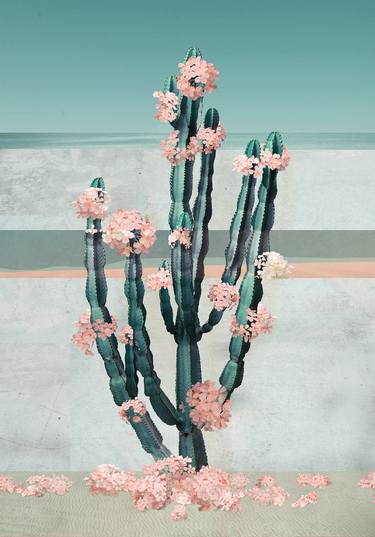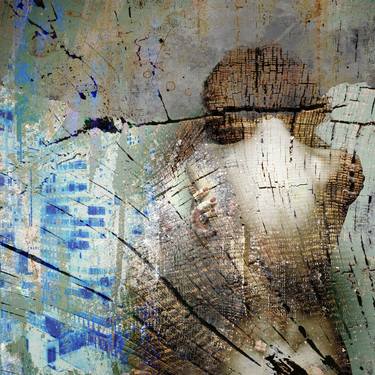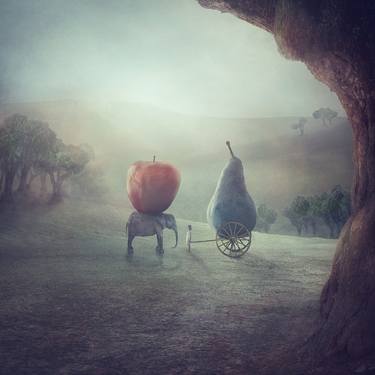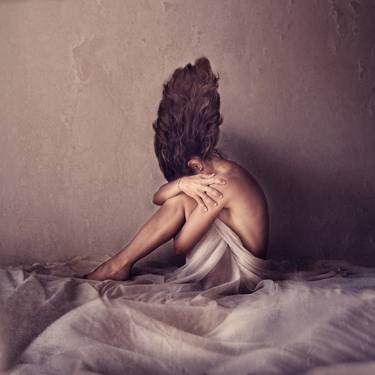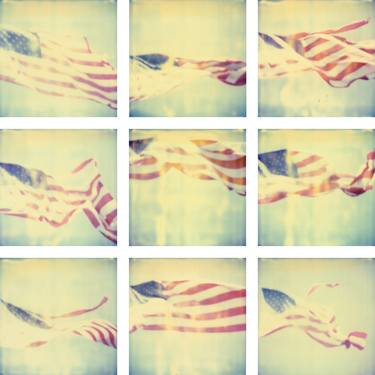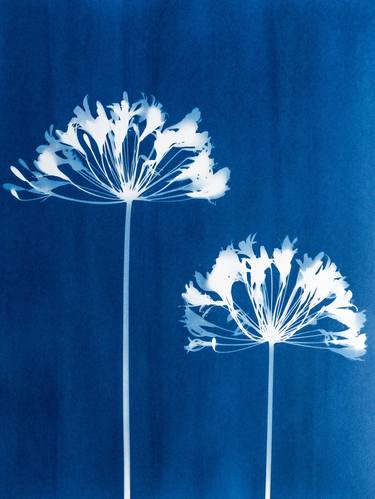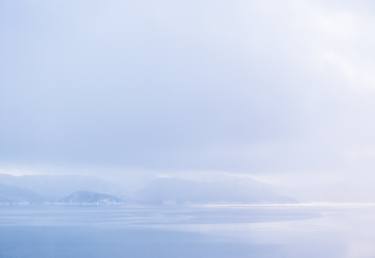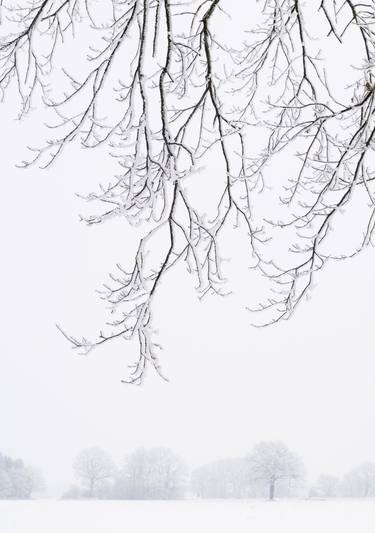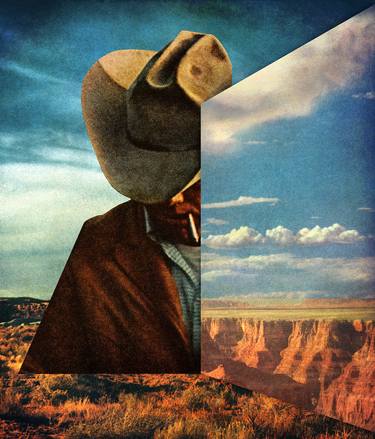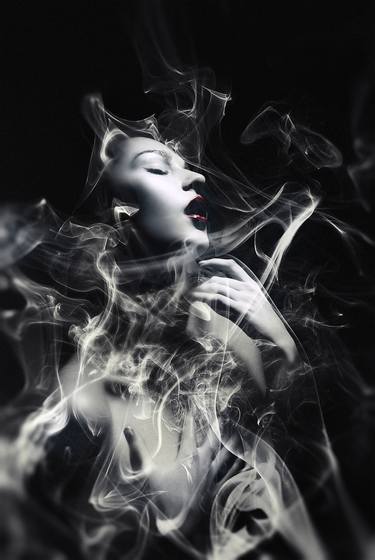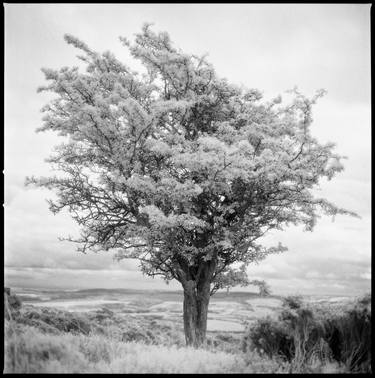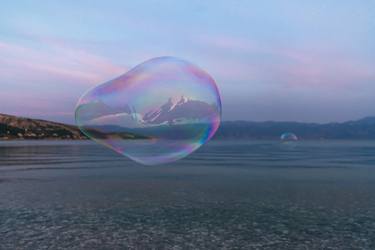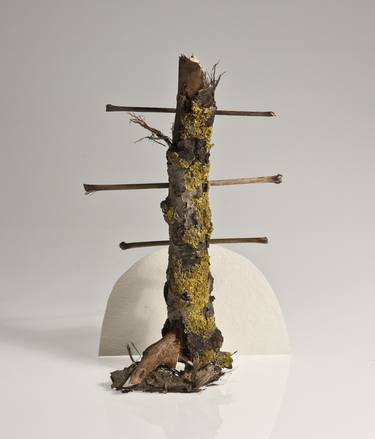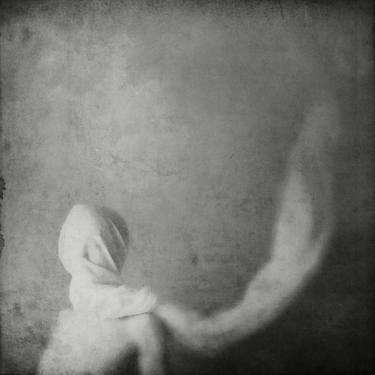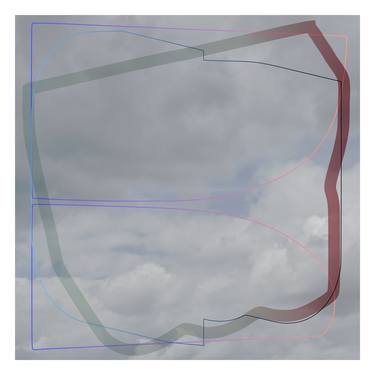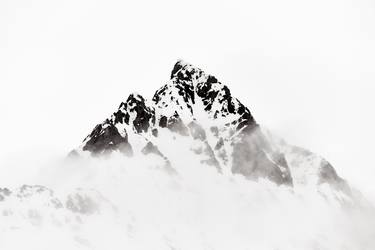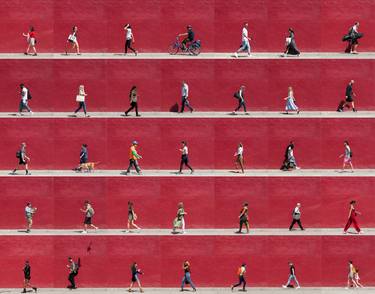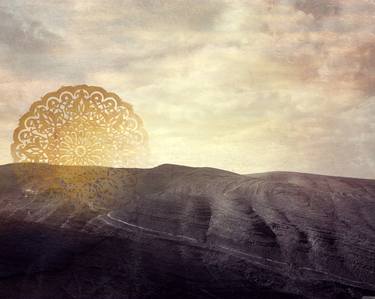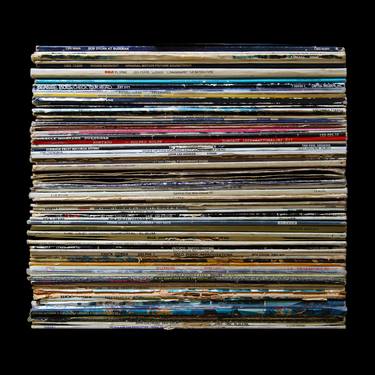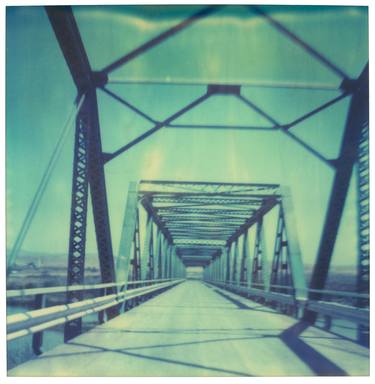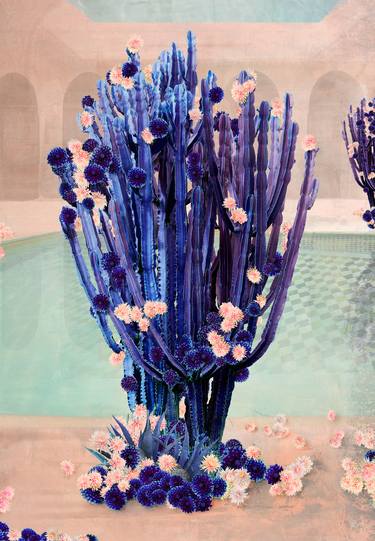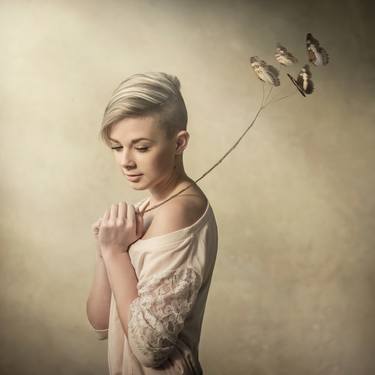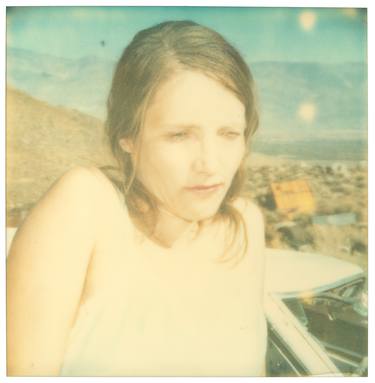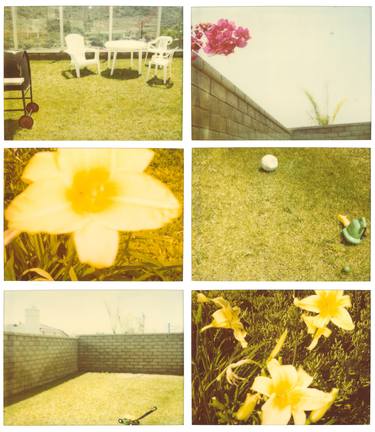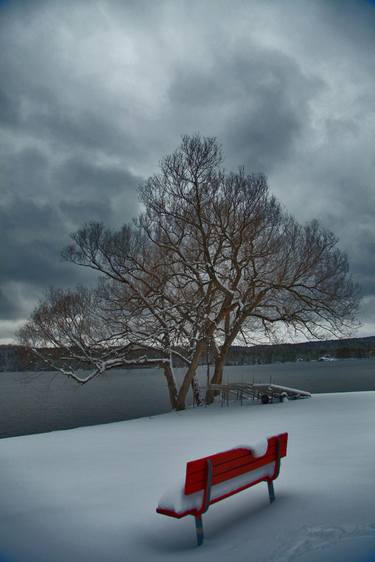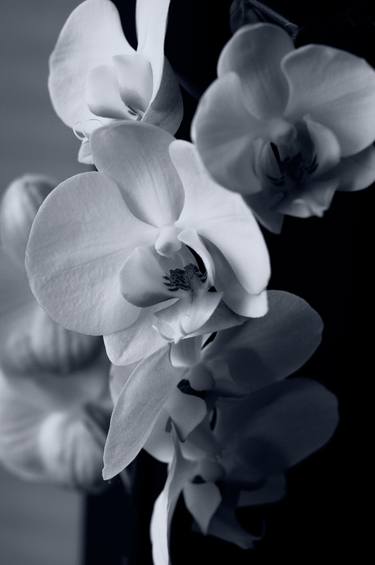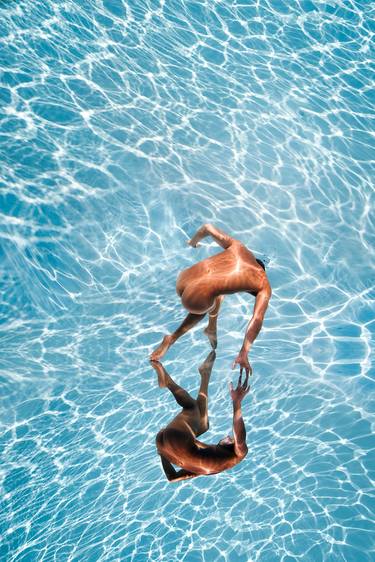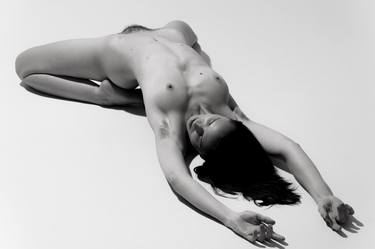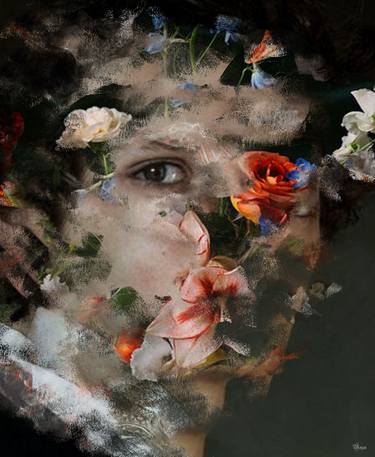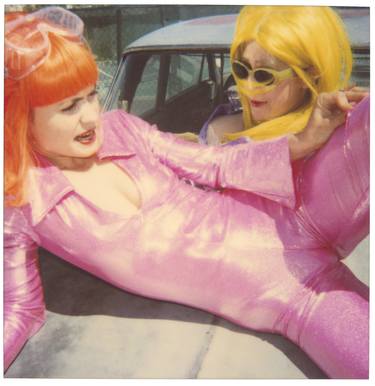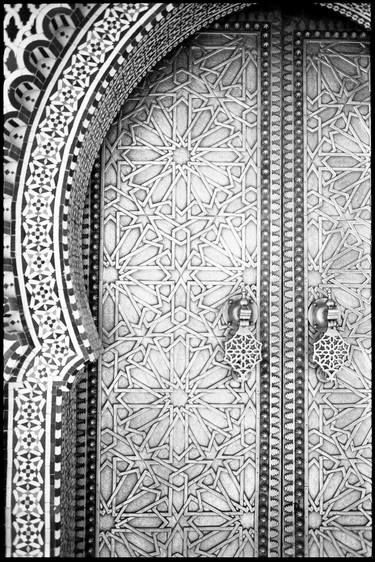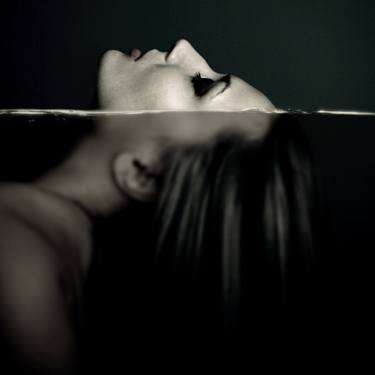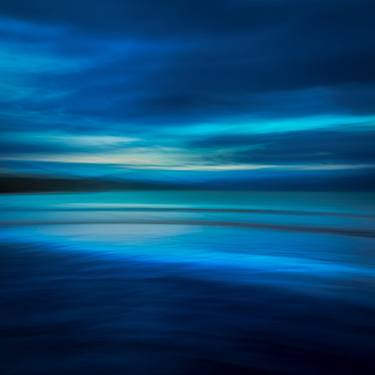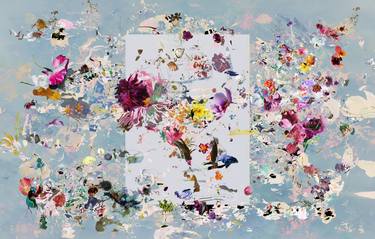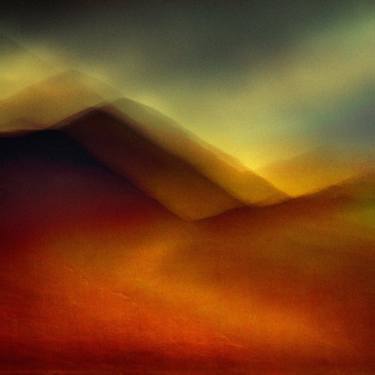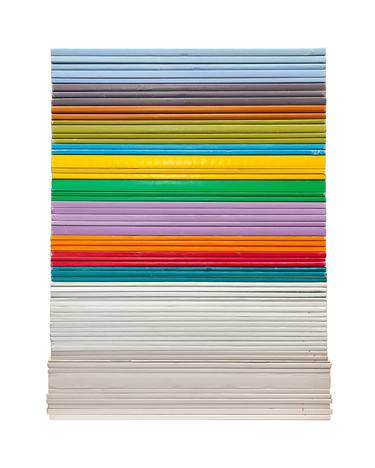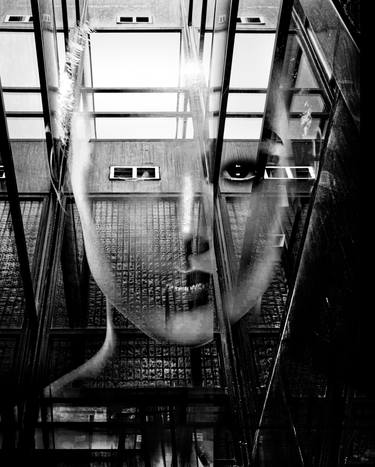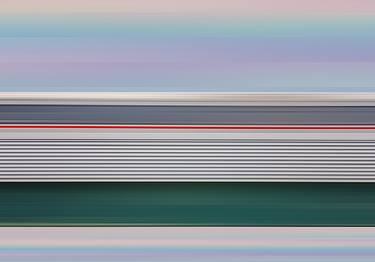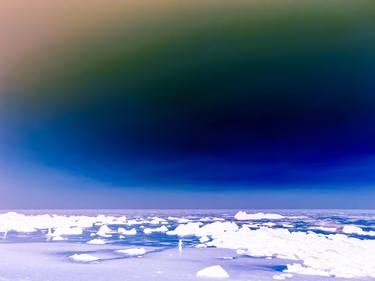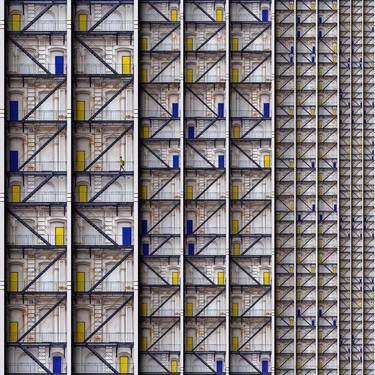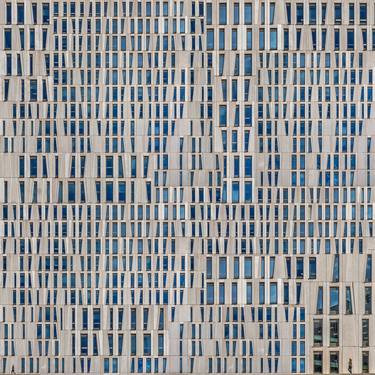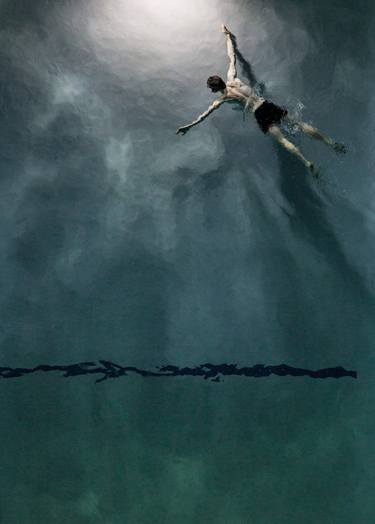Artworks In Your Cart Are Not Reserved.
- All Artworks
- Photography
Original Photography For Sale
Browse art and see similar matches
Try Visual Search
Category
Filter
With 169,498 limited edition and open edition prints to choose from, Saatchi Art offers high quality photography perfectly suited for your space.
Read More
Filter
Category
Style
Subject
Medium
Material
Price
Size
Orientation
Color
Artist Country
Featured Artist
Photography
, 44 W x 44 H x 0.1 D in
United Kingdom
$5,790
Photography
, 20 W x 28 H x 0.1 D in
United Kingdom
$580
Photography
, 20 W x 20 H x 0.1 D in
United Kingdom
$430
Prints from $94
Photography
, 31.5 W x 31.5 H x 0.1 D in
Croatia
$1,169
Photography
, 19.7 W x 19.7 H x 0.1 D in
Spain
$920
Photography
, 63 W x 63 H x 0.4 D in
United States
$30,850
Photography
, 18 W x 24 H x 0.1 D in
United States
$250
Prints from $40
Photography
, 46.8 W x 33.1 H x 0.1 D in
United Kingdom
$1,558
Prints from $80
Photography
, 33.1 W x 46.8 H x 0.1 D in
United Kingdom
$1,558
Prints from $90
Photography
, 32.5 W x 38 H x 0.1 D in
Canada
$3,560
Photography
, 27.6 W x 39.4 H x 1.2 D in
Italy
$2,080
Photography
, 16 W x 20 H x 0.1 D in
United Kingdom
$1,060
Photography
, 59.1 W x 39.4 H x 0.1 D in
Austria
$2,340
Photography
, 11.8 W x 13.8 H x 0.1 D in
Poland
$830
Photography
, 19.7 W x 19.7 H x 0.1 D in
Spain
$820
Photography
, 39.4 W x 39.4 H x 0.1 D in
Belgium
$680
Prints from $100
Photography
, 27 W x 18 H x 0.1 D in
United States
$1,940
Photography
, 15.7 W x 23.6 H x 0.1 D in
France
$520
Prints from $100
Photography
, 42 W x 33 H x 0.1 D in
United States
$2,020
Photography
, 36.2 W x 43.3 H x 0.1 D in
Serbia
$1,820
Photography
, 21.3 W x 14.2 H x 0.1 D in
United Kingdom
$490
Photography
, 47.2 W x 47.2 H x 0.1 D in
France
$2,230
Photography
, 22 W x 22 H x 1 D in
United States
$2,860
Photography
, 20 W x 28 H x 0.1 D in
United Kingdom
$580
Photography
, 23.6 W x 23.6 H x 0.1 D in
Slovakia
$830
Photography
, 63 W x 63 H x 0.1 D in
France
$5,340
Photography
, 22 W x 22 H x 0.1 D in
United States
$2,040
Photography
, 66.9 W x 78.7 H x 0.2 D in
United States
$15,299
Photography
, 13 W x 19 H x 0.3 D in
United States
$815
Photography
, 26 W x 40 H x 0.1 D in
Romania
$2,530
Photography
, 13 W x 20 H x 0.2 D in
United States
$590
Photography
, 47.2 W x 31.5 H x 0.1 D in
Germany
$399
Prints from $40
Photography
, 35.4 W x 43.3 H x 0.1 D in
Serbia
$1,800
Photography
, 7.9 W x 7.9 H x 0.1 D in
United States
$340
Photography
, 16 W x 20 H x 0.1 D in
United Kingdom
$1,060
Prints from $100
Photography
, 39.4 W x 39.4 H x 0.1 D in
Czech Republic
$2,090
Photography
, 60 W x 60 H x 0.1 D in
United Kingdom
$2,080
Prints from $60
Photography
, 49.2 W x 31.5 H x 0.1 D in
Germany
$1,610
Photography
, 40 W x 40 H x 1 D in
United Kingdom
$3,120
Prints from $65
Photography
, 39.4 W x 44.1 H x 0.1 D in
United Kingdom
$3,730
Photography
, 31.5 W x 39.4 H x 0.1 D in
France
$710
Photography
, 31.5 W x 39.4 H x 0.1 D in
Serbia
$1,800
Photography
, 39.4 W x 27.6 H x 0.4 D in
Sweden
$1,410
Prints from $75
Photography
, 28 W x 21 H x 0.1 D in
India
$540
Prints from $100
Photography
, 16.5 W x 23.6 H x 0.1 D in
Ukraine
$711
Prints from $100
Photography
, 47.2 W x 47.2 H x 1.2 D in
Netherlands
$3,960
Photography
, 27.6 W x 27.6 H x 1.2 D in
Netherlands
$2,570
Photography
, 47.2 W x 59.1 H x 0.1 D in
Spain
$12,160
Photography
, 19.7 W x 19.7 H x 0.4 D in
Sweden
$830
Prints from $75
Photography
, 16 W x 24 H x 0.1 D in
United States
$1,290
Prints from $100
50 Results Per Page

